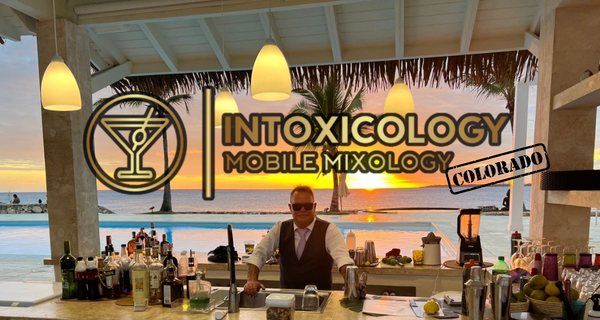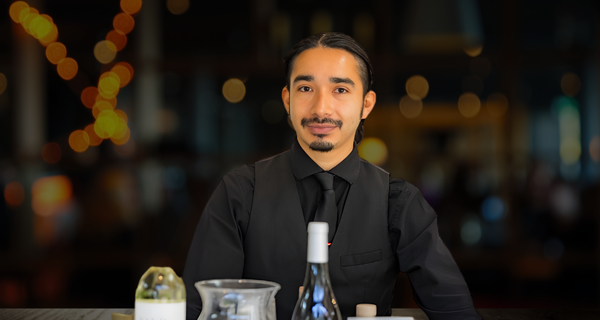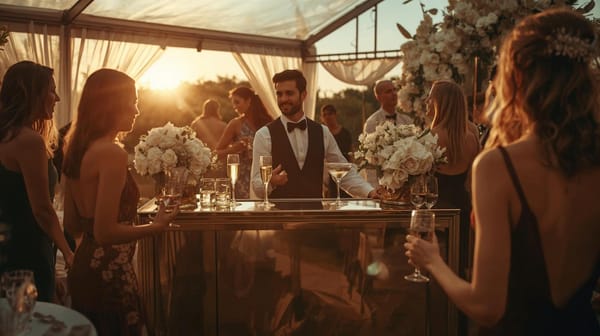The Legacy of Jerry Thomas: Father of American Mixology
Jerry Thomas, "Father of American Mixology," revolutionized bartending with flair, artful cocktails, and his iconic Bartender’s Guide, shaping modern mixology’s global rise.

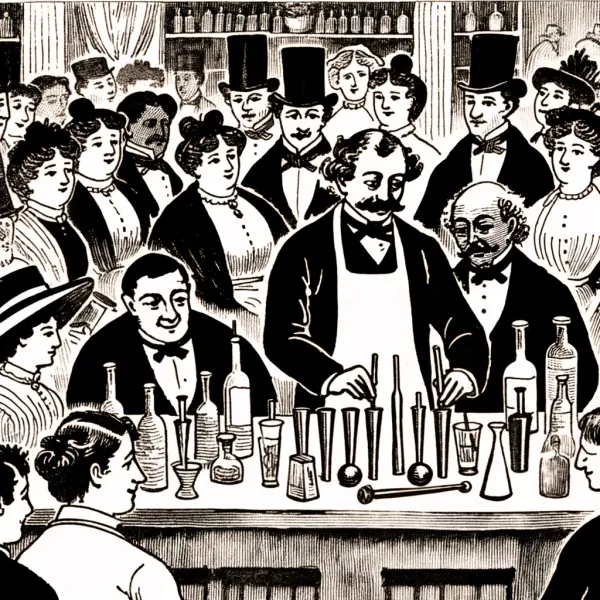
In the world of bartending, few names are as revered as that of Jerry Thomas, affectionately known as "the father of American mixology." A towering figure in cocktail history, Thomas's pioneering work during the 19th century laid the foundation for the modern mixology movement. From his flamboyant techniques to his groundbreaking cocktail recipes, Thomas continues to inspire countless bartenders around the globe. Exploring his extraordinary contributions not only enhances our craft but also deepens our appreciation of the art behind every drink.
Early Life and Career
Jerry Thomas was born in 1830 in Sackets Harbor, New York, and his journey toward greatness began in New Haven, Connecticut, where he started his bartending career. However, his ambitions extended far beyond local fame. Over the years, Thomas traveled extensively across the United States during a time of westward expansion and cultural growth. His travels exposed him to the diverse drinking cultures of the mid-19th century, which undoubtedly influenced his innovative approach to bartending.
Thomas was more than a bartender–he was a showman. Known for his charisma, he wowed patrons with theatrical flair, whether it was through his extravagant bar setups or his bold, creative techniques for mixing drinks. His charm and talent resulted in unmatched popularity and made him a cultural celebrity of his era.
Innovations and Contributions
One of Jerry Thomas's most significant contributions to the bartending world was his book, The Bartender’s Guide (1862)—renowned as the first-ever compendium of cocktail recipes. This groundbreaking publication, also referred to as How to Mix Drinks or The Bon-Vivant’s Companion, transformed bartending from a utilitarian trade into an art form. It included a wide variety of drink recipes that were meticulously categorized into families, such as punches, toddies, cobblers, flips, and sours. Many of these drinks were his original creations, making the book a defining cornerstone of mixology.
One of Thomas's most memorable innovations is the Blue Blazer, a signature drink that combines whiskey and boiling water, ignited and poured between two silver tankards to create a blazing arch of liquid fire. Beyond its theatrical impact, the Blue Blazer exemplified his ability to blend entertainment with craftsmanship—an approach that would forever shape the ethos of bartending as not just service, but performance.
Thomas also recognized bartending as a systematic and precise craft. His guide wasn’t just a recipe book but a manual for maintaining a bar, spotlighting the tools of the trade, ingredients, and tips for achieving balance and elegance in cocktails. This level of meticulous attention set the professional standard for bartenders to follow even in the 21st century.
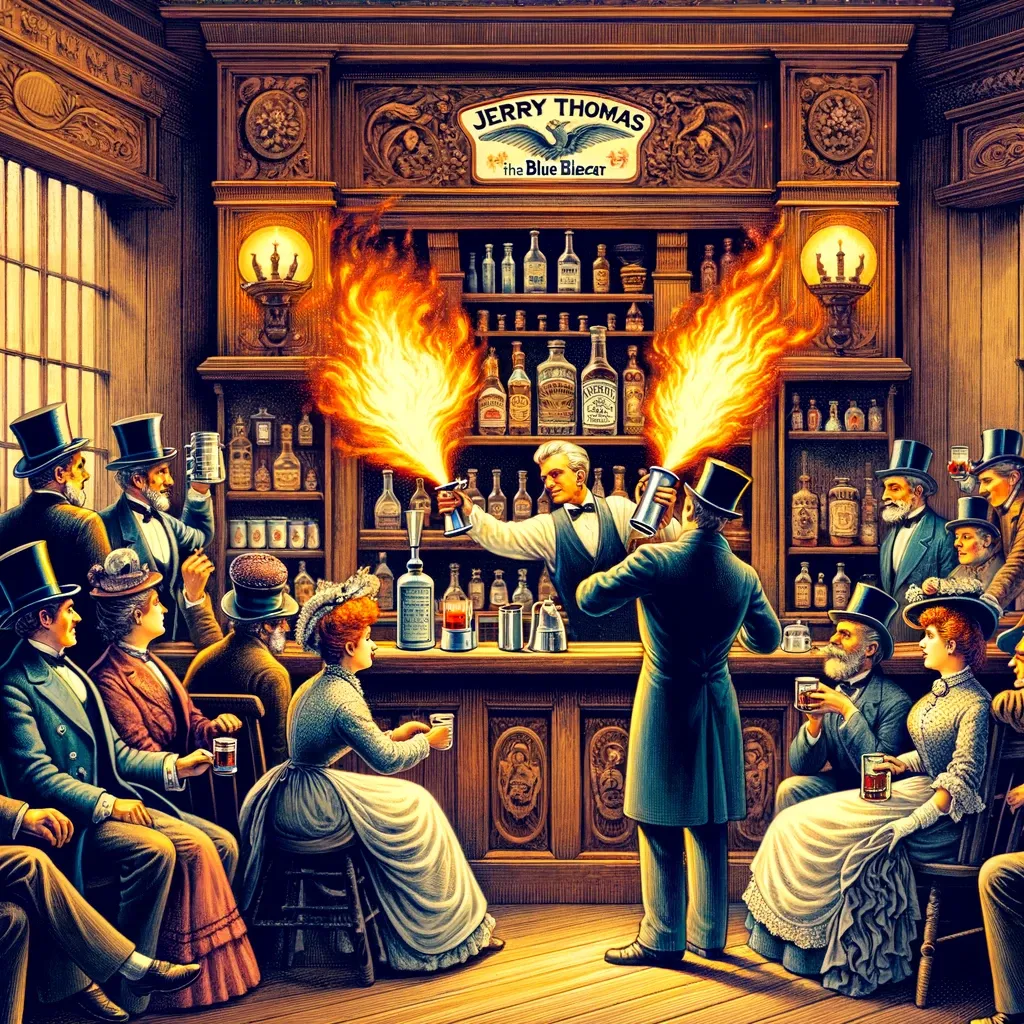
The Impact of “The Bartender’s Guide”
The Bartender’s Guide is more than a collection of recipes—it’s a cultural artifact. It offers a glimpse into the drinking habits and social customs of a rapidly evolving American society. Reading through this book isn’t just an exercise in learning mixology; it’s an exploration into history.
Perhaps Jerry Thomas's most enduring lesson lies in his emphasis on the importance of balance and creativity in mixology. His recipes provide insight into the meticulous thought process that goes into every great drink. For instance, his methods demonstrate how critical it is to pair flavors harmoniously while delivering a memorable sensory experience—principles that remain central to bartenders worldwide.
Lesser-Known Facts and Legacy
While Thomas's famous accomplishments are well-documented, there are also little-known facets of his career that highlight his unparalleled influence. In addition to his American triumphs, Thomas spent time in Europe, honing his craft and learning about international spirits and mixing methods. Many bartenders of his era considered him an innovator who bridged American and European drinking traditions, bringing global inspiration to his creations.
Jerry Thomas also revolutionized bartending aesthetics. He was among the first to design elaborate, custom bar tops and frequently wore flashy, gold-adorned attire. This showmanship wasn’t just personal flamboyance—it set the stage for bartenders being seen not as mere servers, but as performers, artists, and creators.
Though he passed away in 1885, Thomas’s legacy endures in numerous ways. Modern bartenders use his guide as a template for professionalism and ingenuity. Today’s cocktail resurgence owes much to his pioneering spirit, which continues to influence mixology competitions, bar menus, and the enduring fascination with the history of cocktails.
Jerry Thomas remains a reminder that bartending transcends mere drink preparation; it’s about crafting moments, creating connections, and bringing art to life—one expertly balanced cocktail at a time.
In remembrance
Jerry Thomas revolutionized the bartending industry by transforming it into a respected craft. His meticulous approach to recipes, his showmanship, and his artistic outlook continue to inspire bartenders today. The Bartender’s Guide remains a cornerstone for professional mixologists, and his contributions helped solidify cocktail-making as both an industry and an art form. Not only did Thomas elevate bartending standards, but he also laid a cultural foundation for generations of drink-makers to follow, blending artistry with entertainment in every pour.


